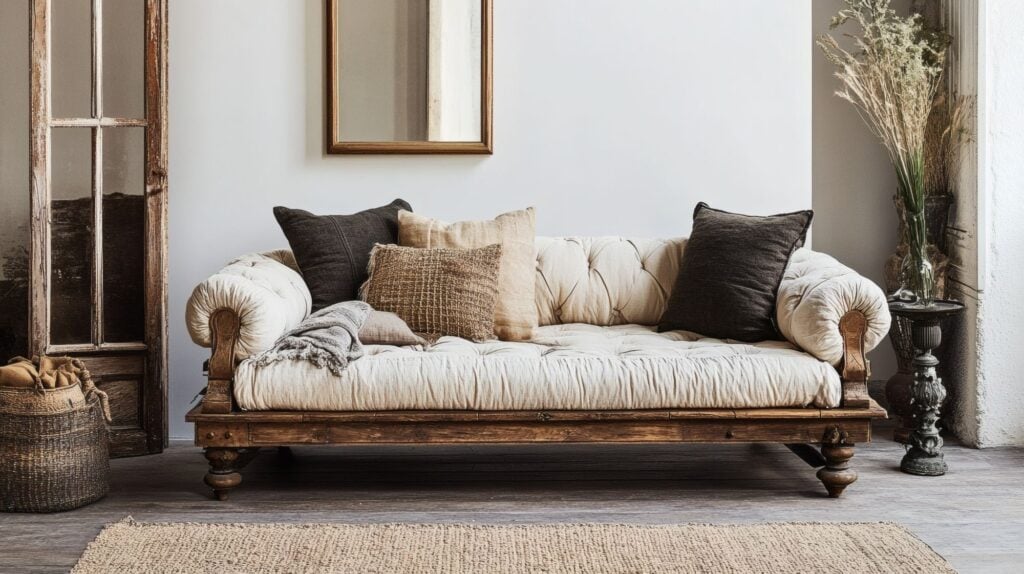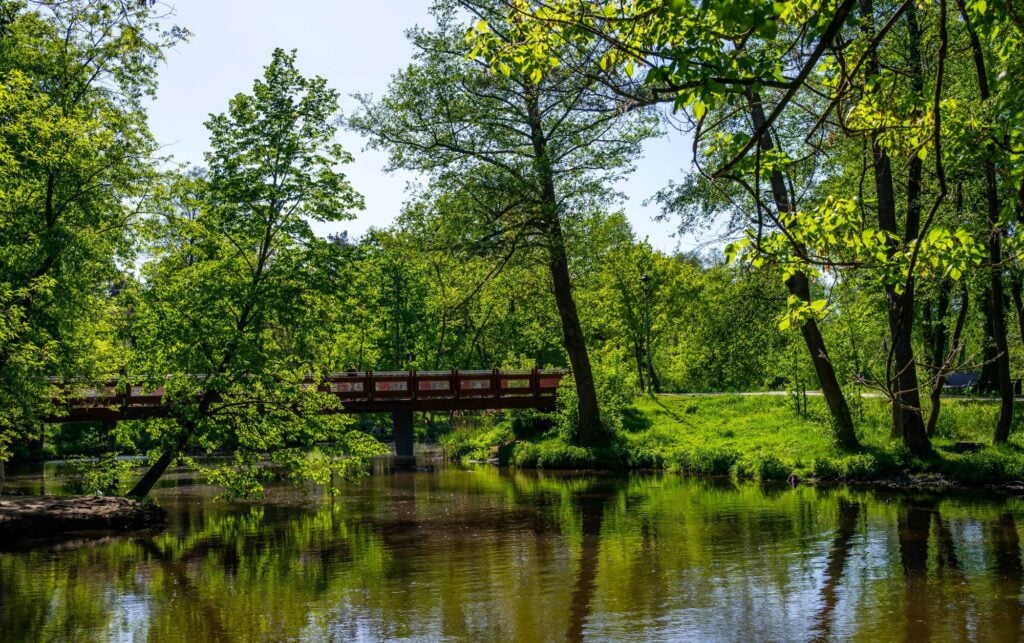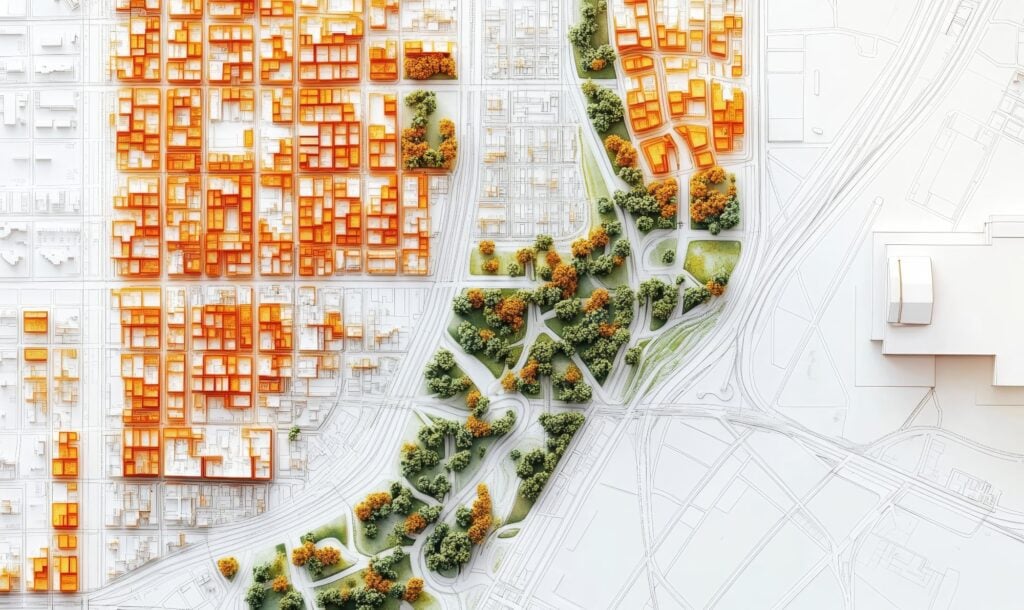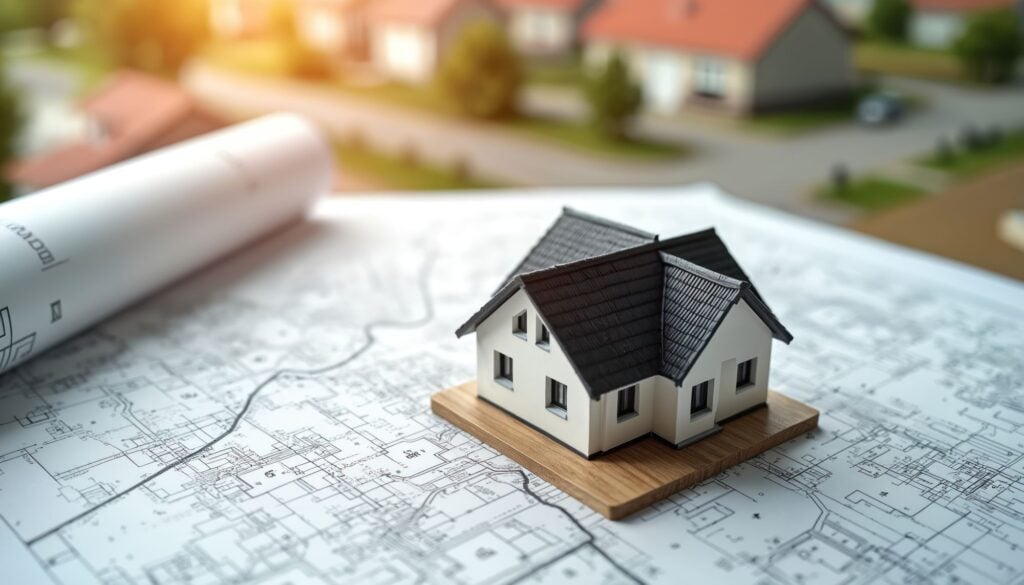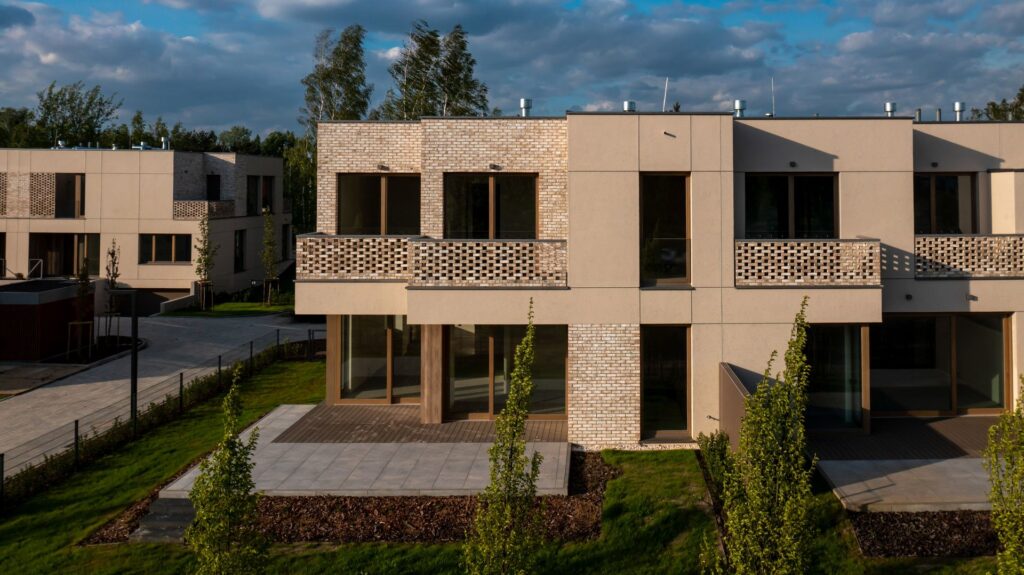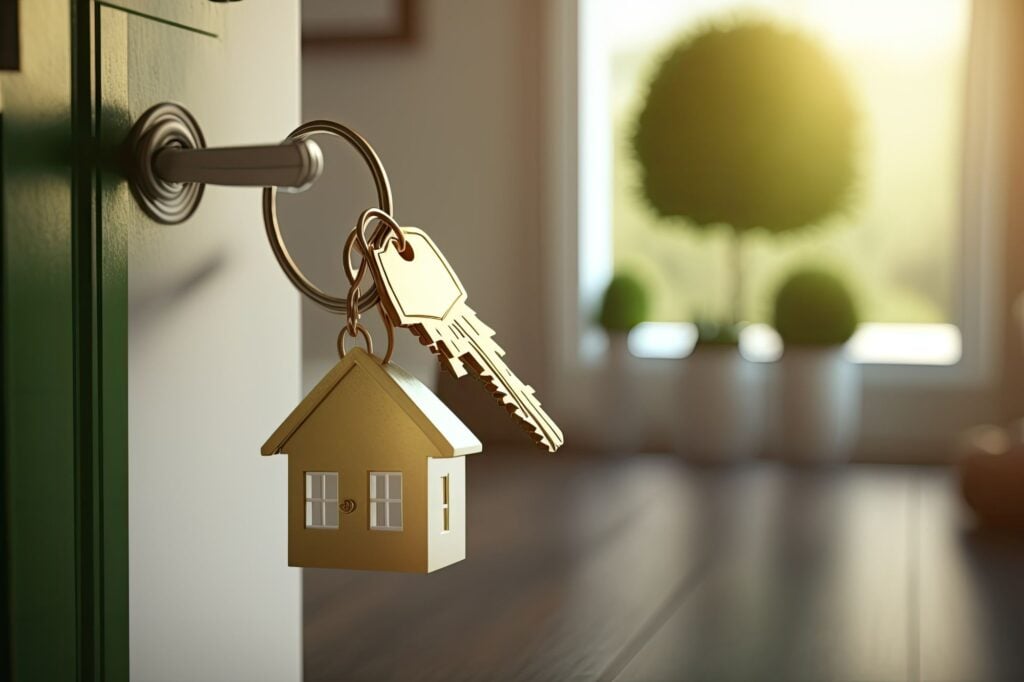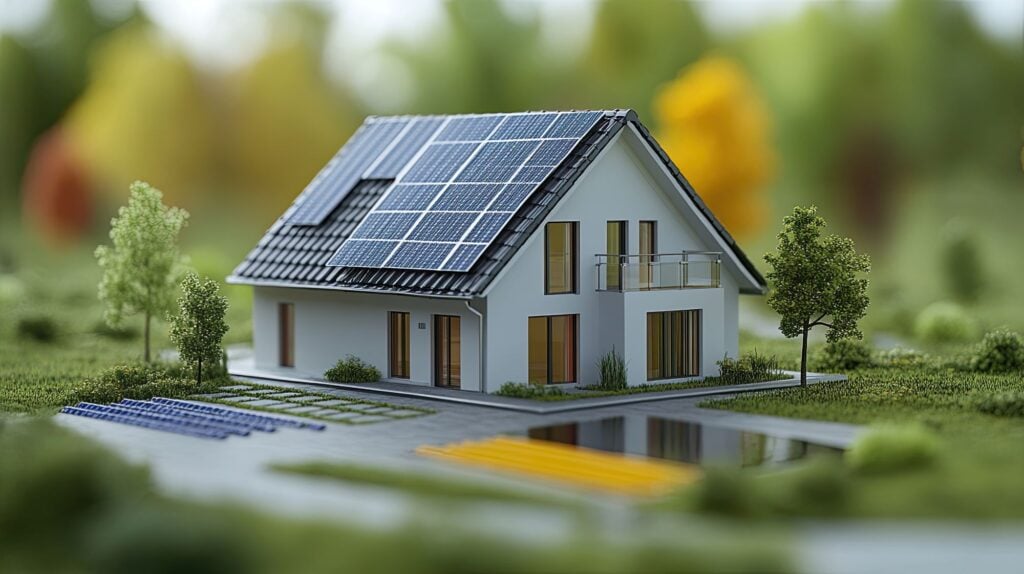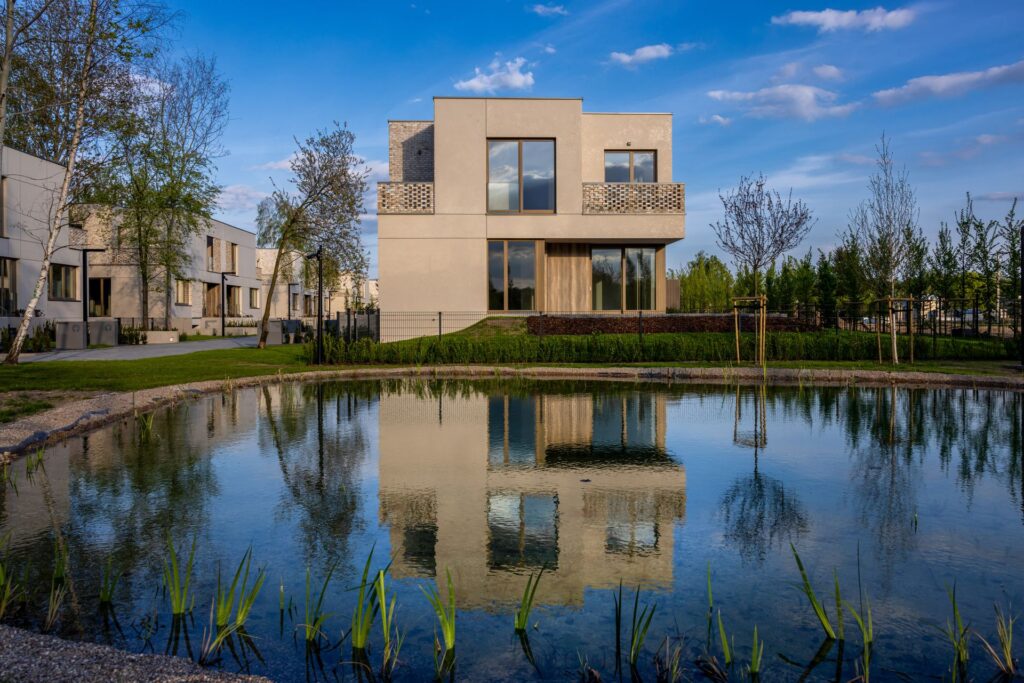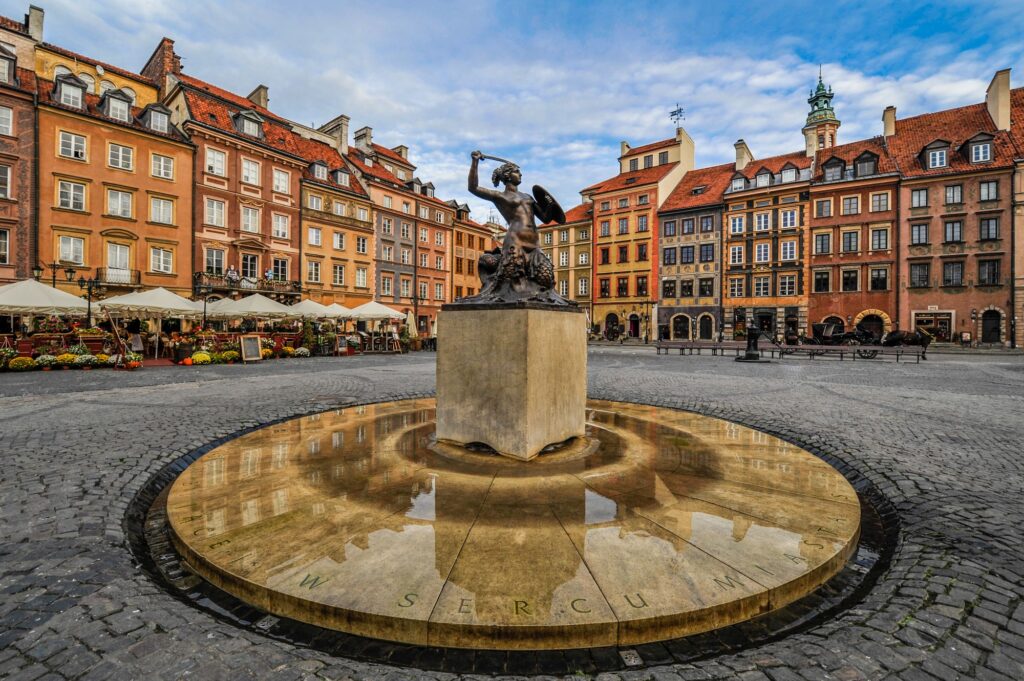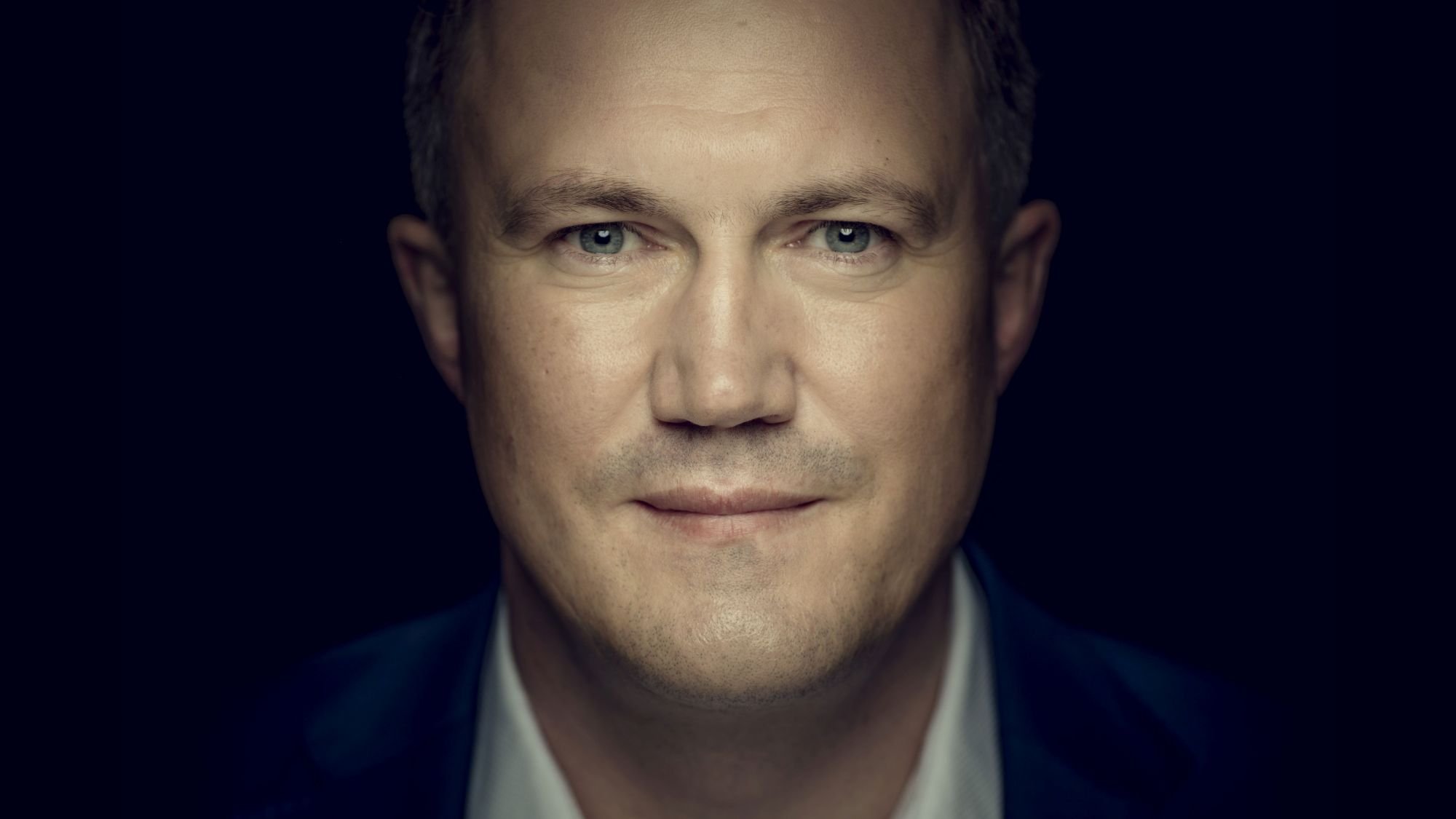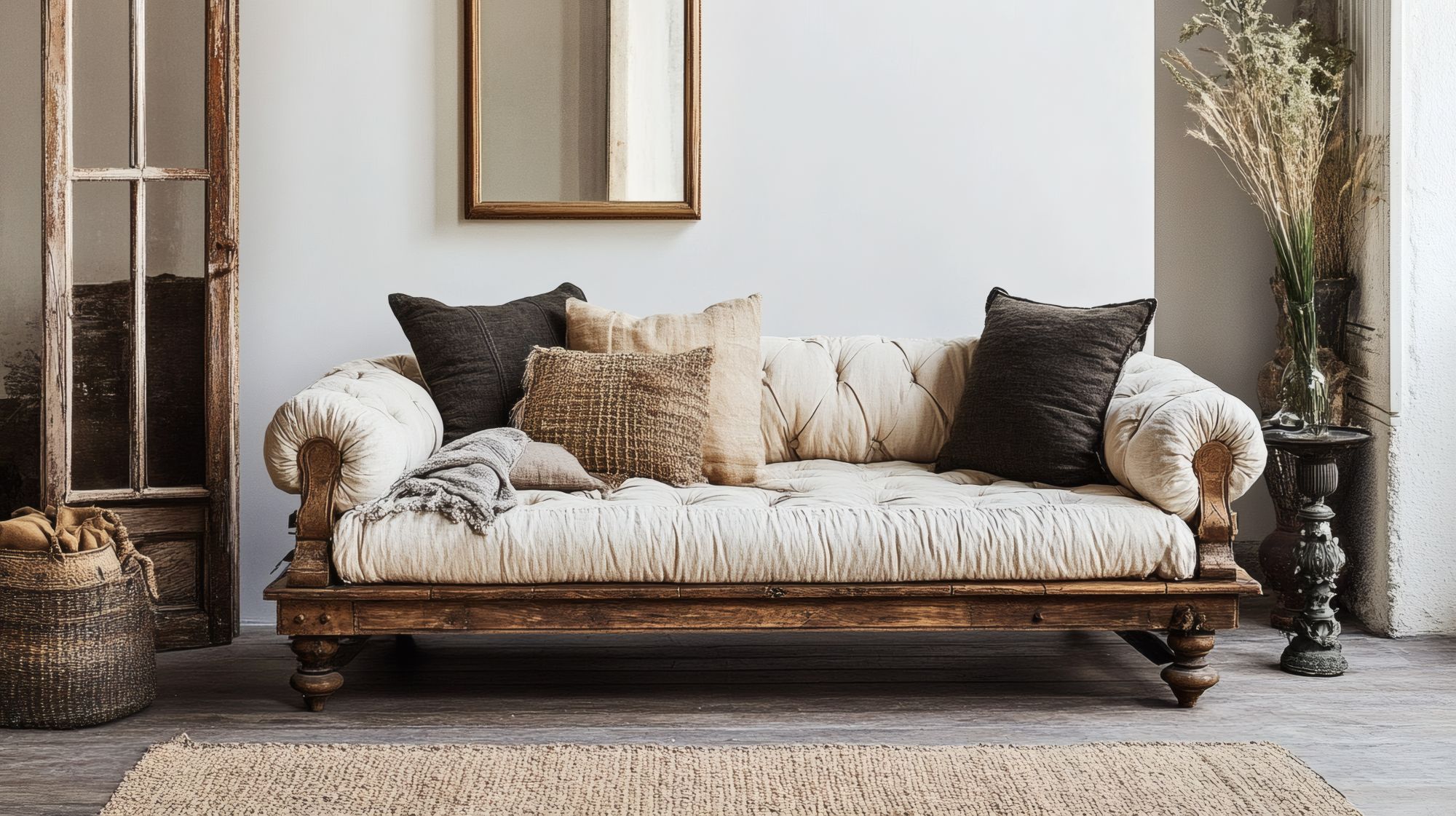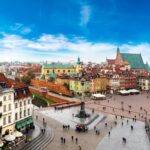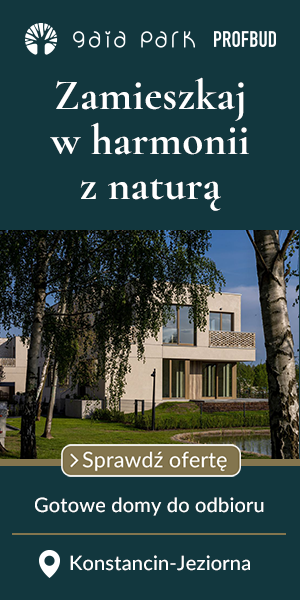Czytaj teraz: [ENG] Second Home in Poland. What You Need to Know to Buy a Property
-
01
[ENG] Second Home in Poland. What You Need to Know to Buy a Property
[ENG] Second Home in Poland. What You Need to Know to Buy a Property
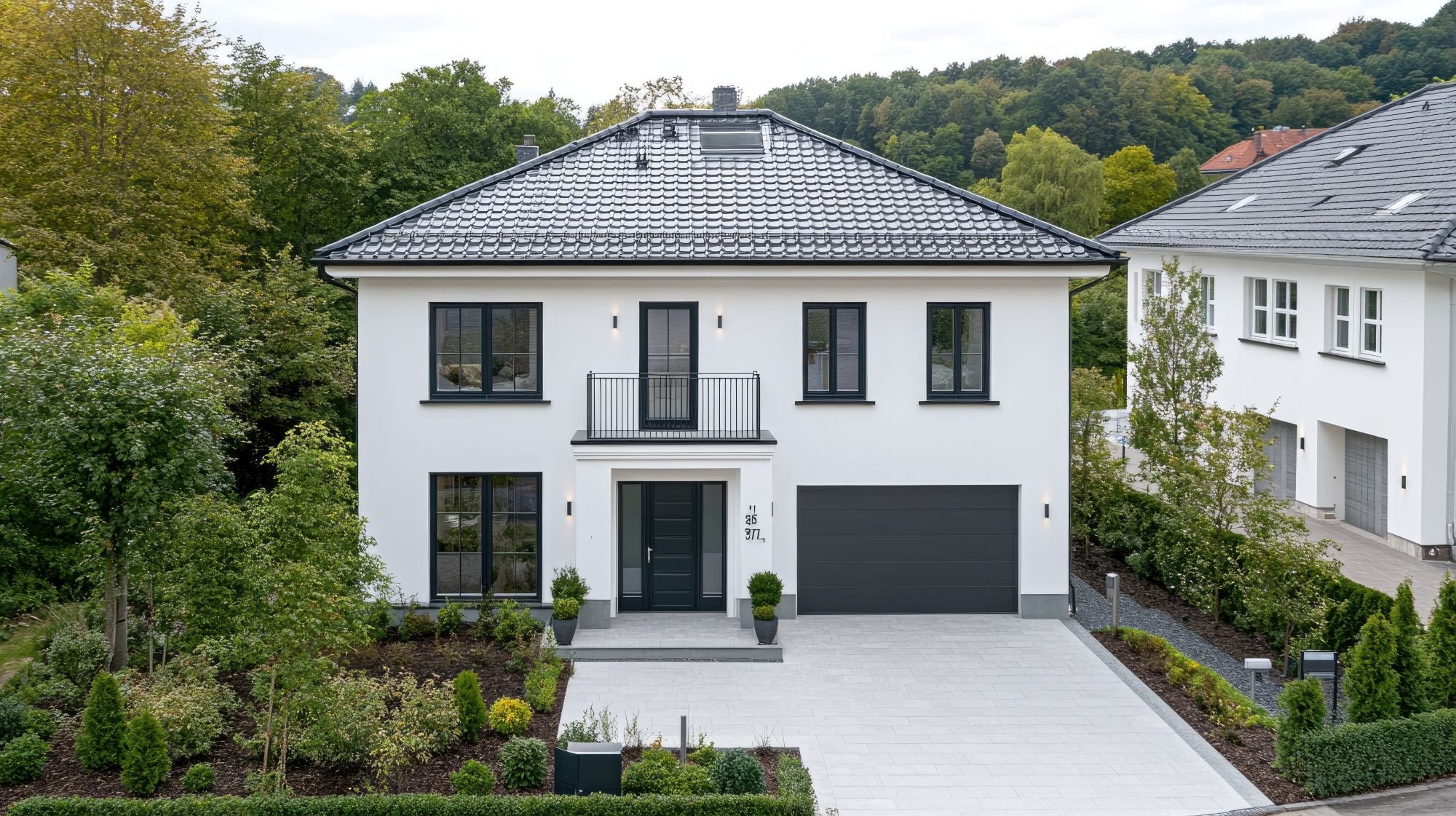
Dreaming of a second home in Poland? Maybe with a lake view, or perhaps in the heart of a vibrant city? Whether you’re planning an investment or just looking for a getaway, buying a second property is a serious decision. It requires not only sufficient capital but, above all, knowledge.
Let’s start with the basics. Second home is not the same as a short-term rental apartment or a seasonal lakeside cottage. It is often a long-term investment. A comfortable place to live that can serve multiple purposes: recreational, investment, or even business. Domestic and foreign investors approach this differently in terms of formalities, priorities, and challenges. This guide offers practical tips for both groups — no sugarcoating, but with empathy for your goals and concerns.
Before you dive into specific locations or tax calculations, answer a few questions:
- Will this home be used year-round or seasonally?
- Do you want to rent it out?
- Are you buying with your children’s future or retirement security in mind?
- How important are infrastructure, access to the airport, services, schools?
- What lifestyle do you want to pursue there?
Second Home in Poland – Investment, Lifestyle, Conscious Choice
More and more people — both from Poland and abroad — are considering buying a second home in Poland. Why? Because it’s not just an investment in real estate, but also in quality of life. A second home can play many roles: a private weekend oasis, a remote work space away from the city, a vacation gathering spot for family, or a source of short-term rental income. Additionally, amid rising inflation and geopolitical instability, real estate is becoming a safe harbor for capital, especially in a country with strong ownership traditions and a relatively stable housing market.
Foreign and Domestic Investors – Different Needs, Different Expectations
A foreign investor often views the Polish market through the lens of:
- price per square meter,
- rental profitability,
- availability of high-standard properties.
They care about good international transport links, investment security, and the ability to delegate property management. For a domestic investor, a second home is often an emotional decision — purchased with family, children, or retirement in mind. Sentiment for a particular region, the need to escape city life, or the desire for security in uncertain times often come into play.
What Exactly Is a Second Home?
The term “second home” should be distinguished from categories like summer cottages or investment apartments. A second home usually means a full-size, year-round residential property, often of high standard, with access to utilities and infrastructure. It could be a modern villa by a lake, a passive house in the mountains, or a minimalist building on the outskirts of a major city. Theoretically, it doesn’t have to generate income but should offer functionality, comfort, and long-term value growth potential. A summer cottage, on the other hand, is typically seasonal with lower utility standards. An investment apartment is a unit designed specifically for rental — often in resorts or city centers — with the primary goal of generating income.
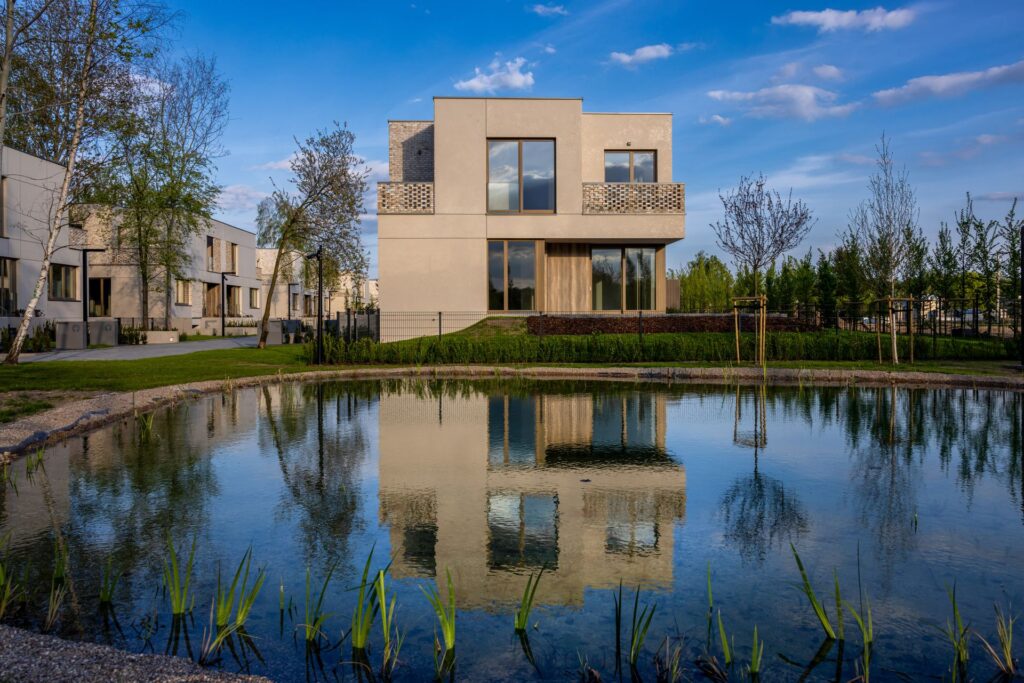
Where Are People Investing Today? What Are the Trends in Design and Lifestyle?
In Poland, there’s a clear shift toward locations outside major metropolitan areas. Warmia, Mazury, the Bieszczady Mountains, and Pomerania attract those seeking peace, fresh air, and contact with nature. Meanwhile, the Tri-City (Gdańsk, Gdynia, Sopot), Kraków, and Wrocław remain strong investment hubs thanks to infrastructure, tourism, and market stability.
Architecturally and in interior design, natural materials, large windows, energy-efficient solutions, and minimalism combined with coziness dominate. Japandi, modern barn, soft loft, and “cottage” styles are gaining popularity as they combine functionality with aesthetics. Smart home technologies and eco-friendly solutions such as heat recovery systems or photovoltaic panels are also becoming increasingly important.
PART I: Foreign Investor
Can Foreigners Buy Property in Poland?
Yes — but not always under the same rules. Although Poland is open to foreign capital, it regulates the ability of foreigners to acquire real estate. Citizenship and whether you plan to buy land or a residential unit are key factors. In many cases, purchases are possible without major obstacles. In others, a formal permit is required. So before signing a preliminary agreement, make sure you don’t need one.
When Is a Permit Required?
According to the Polish Act on Acquisition of Real Estate by Foreigners (March 24, 1920, as amended), a foreigner needs a permit when:
- buying land (a plot or a house on a plot),
- acquiring a share in the co-ownership of land,
- buying property in a border zone (e.g., homes in West Pomerania, Podkarpacie, or Mazury),
- planning to buy a second property if the first was already purchased under a permit.
The permit is an administrative decision requiring an application with a complete set of documents (including: owner’s declaration, identity documents, purpose justification). The permit applies to a specific property and is valid for a set time.
When Is a Permit Not Required?
Good news: many foreign investors are exempt from obtaining a permit. This applies to:
- citizens of the European Union (EU),
- citizens of the European Economic Area (EEA) — e.g., Norway, Iceland, Liechtenstein,
- citizens of Switzerland (under a separate agreement with Poland).
Thanks to the principle of free movement of capital, these individuals can freely buy apartments, houses, and shares in companies owning real estate in Poland — for personal use or investment. This also applies to the purchase of land for residential development, as long as it’s not in a border zone.
What About Investors from Outside the EU and EEA?
If you’re a citizen of the USA, Canada, the UAE, Australia, or another non-EU/EEA country, you should prepare for additional formalities. You can still buy property in Poland, but:
- buying an apartment (in a multifamily building) doesn’t require a permit if it doesn’t involve acquiring a share in the land,
- buying a single-family house or building plot will require a permit.
For purchases by companies with foreign ownership, a permit may also be necessary if the company plans to acquire land.
Importantly: even if you’re buying a home for personal use (e.g., for retirement or remote work), formalities don’t disappear. Each case is assessed individually, considering your ties to Poland (family, business, Polish citizenship, residence permit, etc.).

Purchase of Property in Poland by Foreign Investors – Taxes and Transaction Costs
Buying property involves several important fees:
- PCC tax (2%) – applies mainly to the secondary market. The buyer pays 2% of the property’s value at the notary signing (if no exemption applies). According to new 2024 regulations, people buying their first apartment or house on the secondary market may be exempt, but a foreign investor will usually pay 2%. (Purchases on the primary market are not subject to PCC; instead, VAT applies on the developer’s side.)
- VAT (8% or 23%) – applies to purchases from developers. The reduced 8% rate applies to residential units up to 150 m² and houses up to 300 m² (or those meeting social housing program criteria). Otherwise, VAT is 23%.
- Notarial fee – payment to the notary for preparing the deed (per statutory table). For example, for a property worth PLN 500,000, the fee is about PLN 2,770 (using the formula PLN 1,010 + 0.4% of the excess) plus 23% VAT. For more expensive properties, other thresholds apply (e.g., from PLN 1 to 2 million, the maximum fee is PLN 4,770 + 0.2% of the excess).
- Agency commission (2–5%) – an additional cost for the buyer, unless the seller pays it. Often, buyers can negotiate partial inclusion of the commission in the price.
- Other fees – setting up a new land and mortgage register (~PLN 100), registering owners (PLN 100–200), bank preparation fees (if using a mortgage), and small administrative fees. The notary also collects a stamp duty fee (PLN 17) and document copy costs, which are included in the total notary fee.
All these costs should be included in the budget. For example, when buying a PLN 500,000 apartment on the secondary market, the buyer should expect to pay ~PLN 10,000 in PCC, ~PLN 3,400 to the notary (with VAT), and 2–5% agency commission (e.g., PLN 12,000 at 2% + VAT).
Tax Obligations and Formalities
Purchasing property as a foreign investor in Poland comes with certain tax and administrative obligations, both one-off and ongoing. Understanding the tax system, proper registration of personal data, and knowing the rules for conducting business (e.g., legal rentals) are key.
Property tax
Every property owner — including foreigners — must pay annual property tax, calculated by the local municipal office. The amount depends on the usable area, type of use (residential, recreational, commercial), and local rates set by the municipality. Rates vary — for residential buildings, the maximum in 2025 is about PLN 1.15/m² per year, while commercial use can reach up to PLN 33/m². The tax is usually paid in four installments (by March 15, May, September, and November) or in one lump sum if under PLN 100.
After the purchase, the buyer has 14 days to notify the local tax office, submitting the IN-1 form (for individuals) or DN-1 (for companies).
PESEL and NIP registration (if required)
A foreigner without a PESEL number (Polish personal ID) can obtain one at the municipal office by applying with a justified need (e.g., property ownership, tax settlements, court proceedings). PESEL is not mandatory for the purchase itself but greatly facilitates further activities, such as tax settlements, company registration, contacting utilities, or signing contracts.
If the investor plans to conduct business (e.g., short-term rental), they may also need a NIP (tax identification number) and VAT registration, depending on income levels. The NIP is issued by the tax office based on the NIP-7 form.
Business registration (e.g., for rental purposes)
A foreign investor can establish a business in Poland — as an individual (e.g., sole proprietorship) or through a company (e.g., limited liability company, sp. z o.o.). This enables legal property rental — both long-term and short-term (e.g., Airbnb). Long-term rentals can be settled under a flat tax rate (8.5% up to PLN 100,000, 12.5% above), while short-term rentals usually require registering as a business, with regular VAT and PIT settlements.
EU/EEA foreigners register businesses under the same rules as Polish citizens. Non-EU investors can set up a capital company (e.g., sp. z o.o.), where the founder can be an individual or another company. The entire process can be completed online via the S24 platform or through a notary. Registering a company requires a Polish correspondence address, NIP, REGON, and entry in the National Court Register (KRS).
What to Pay Attention to When Choosing a Location and Property?
Choosing the right location and specific property is one of the most important stages of investing in a second home — especially for a foreign investor who does not live in Poland and often makes decisions remotely or within limited timeframes. Therefore, it’s worth considering not only personal preferences but also practical and strategic criteria that may affect comfort of use, long-term property value, and investment potential.
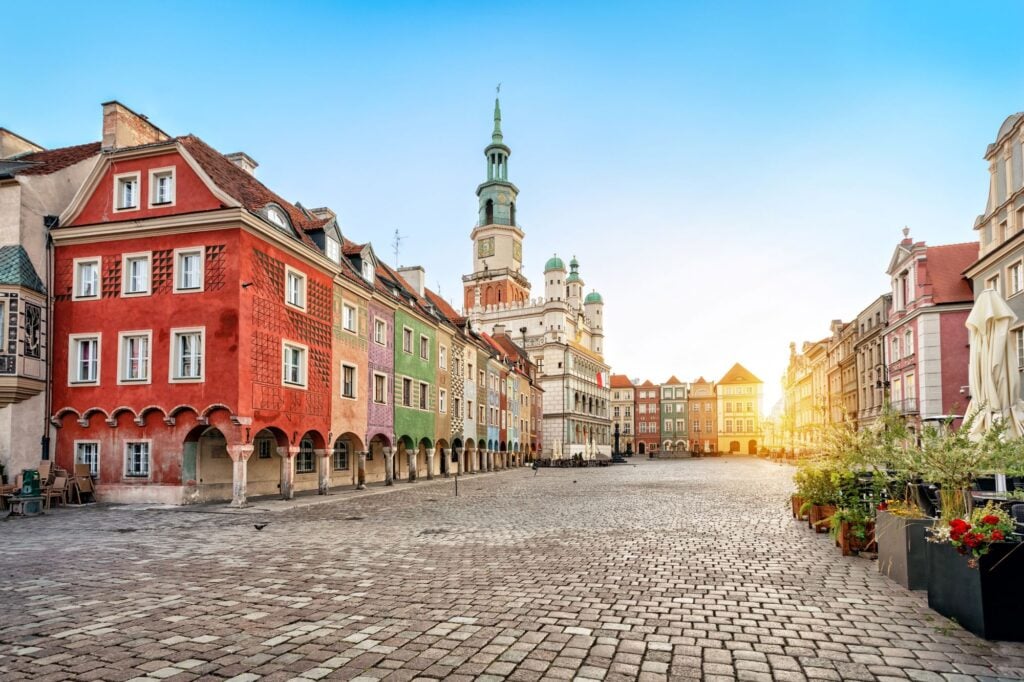
Proximity to Airports and Major Cities
Good connections to the rest of the country and easy access for the owner and potential guests are key factors — especially if the property will serve as a vacation home for seasonal rentals or if the investor plans frequent visits. Locations no more than 1–1.5 hours from an international airport (e.g., Warsaw-Chopin, Kraków-Balice, Gdańsk, Wrocław, Poznań) gain attractiveness, as do properties near large cities offering developed infrastructure, service facilities, and rental market potential.
Access to Services (Hospital, International School, Restaurants)
For foreign investors planning to spend more time in Poland — for example, several months a year or in retirement — access to key public and commercial services is crucial. It’s worth checking the proximity of medical facilities (including hospitals with emergency rooms), international schools (if the investment involves relocating the whole family), as well as restaurants, cafes, shops, and recreational areas. Locations with a developed gastronomic and cultural offer also attract tourists, which can increase the property’s value as a rental asset.
Legal Status of the Property – Checking the Land and Mortgage Register
One of the absolute priorities when choosing a property is carefully checking its legal status. The key document is the land and mortgage register — a public record that shows who owns the property, whether it is mortgaged or burdened with claims, and whether there are any pending legal proceedings. Verification can be done online using the register number (via the Ministry of Justice website), but foreign investors are advised to use the help of a local lawyer or notary, especially in more complex situations, such as properties with co-owners, perpetual usufruct, or land shares.
Utilities, Access, Finish Standard
Not every attractive recreational plot or house in a charming location meets standards that foreign investors might take for granted. Before purchasing, ensure the property has access to utilities: water, sewage, electricity, and internet (which is still not guaranteed in some rural areas). Year-round access is also crucial — in the mountains and Masuria, some homes have access roads that are not cleared of snow in winter or are not formally owned by the property owner. The finish standard (materials, insulation, heating, windows) directly affects comfort of use and potential renovation or modernization costs. A well-designed and constructed house not only rents better but also resells more easily in the future.
Potential for Future Rental or Resale
A second home investment should also be considered in terms of a long-term exit strategy. Will the property be easy to rent short-term (proximity to tourist attractions, lakes, trails, ski slopes), or is it better treated as a private home? Or does the location offer good conditions for long-term rental (e.g., in university towns or suburbs of major cities)? You should also consider how flexible and liquid the local real estate market is — whether you can easily resell the home if needed, possibly even at a profit. This kind of analysis should include demand data, price dynamics in the location, and infrastructure development forecasts.
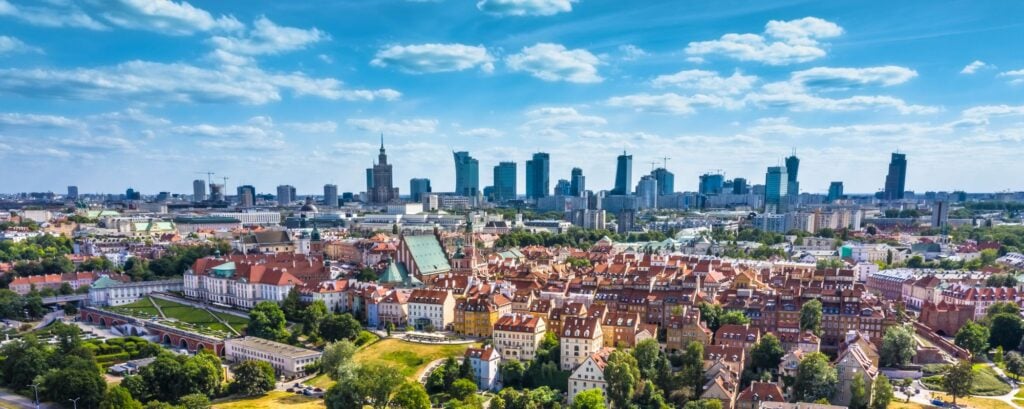
PART II: Domestic Investor
Is It Worth Having a Second Home in Poland?
Amid growing economic uncertainty, unstable financial markets, and changing lifestyles, more and more affluent Poles are considering the purchase of a second home as a conscious financial and life decision. A second home is not only an escape from the urban hustle, but also a concrete tool for asset diversification, building a safety reserve, and passing on material and symbolic value to future generations.
Main Motivations: Leisure, Investment, Diversification
The most common reason domestic investors buy a second home is the desire for a private place to relax — away from the city, surrounded by nature, yet with access to basic infrastructure. Such a property becomes a safe haven for weekends or year-round use, sometimes also serving as a remote work location. Another group of buyers makes economically driven decisions — homes are purchased for short-term rental (e.g., in summer or winter), often with property management handled by a professional company. A third motivation is asset diversification: placing part of one’s capital into real estate, which — unlike financial instruments — does not lose value during temporary market volatility and may generate passive income.
Tax Benefits and Succession Planning
Affluent investors increasingly see a second home as a component of wealth planning and family succession. A property can be formally transferred to children or grandchildren at the right time, helping optimize inheritance and donation taxes. With a well-structured ownership setup (e.g., via a family foundation or special-purpose company), the second home can serve not only as a place for family gatherings but also as a means of protecting assets from inflation or tax changes. In the case of rental — depending on the selected taxation method — the owner can also benefit from lump-sum tax rates or depreciation through business activity, improving investment profitability.
Private Use vs. Investment Purchase – Key Differences
Whether the home will be used solely for private purposes or also commercially determines many factors: from location and finish to property management methods. A home “for yourself” is more often chosen in quieter, secluded locations — away from resorts but with good road access and year-round usability. An investment property, on the other hand, should be located in an area with high tourist demand, access to attractions, good transport, and potential for high return. The finish style also differs — rental homes often need to be more durable, with multiple separate bedrooms and an emphasis on easy cleaning and remote management.
Locations with Potential – What’s Attracting Investors Today?
Choosing the right location for a second home is now just as important as its finish or investment potential. Savvy investors — both domestic and foreign — increasingly consider not only the beauty of the landscape but also the quality of life, access to nature, proximity to borders, and premium tourism development opportunities. In addition to classic “prestige addresses” like Mazury or Zakopane, less obvious but highly promising Polish regions are gaining importance.
Warmia and Mazury – Tranquility, Ecology, Slow Lifestyle
This region attracts investors who value space, peace, and a sustainable lifestyle. Warmia and Mazury are no longer associated only with summer cottages — today, luxury residences are being built on large plots, often with direct lake access. Investors looking for a second home in the spirit of slow life find ideal conditions here: clean air, low tourist traffic outside the season, and high short-term rental potential for those seeking seclusion. The region is also becoming more attractive thanks to investments in expressways and regional airports.
West Pomerania – Homes Close to the Beach, Near Germany
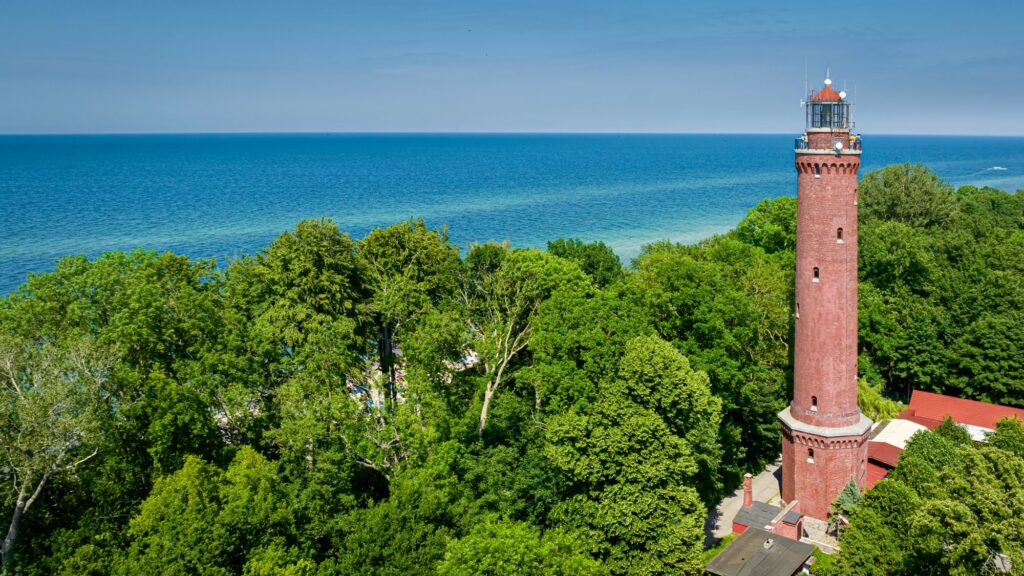
For those seeking a second home by the sea but away from the crowds of the Tri-City, West Pomerania is an attractive alternative. In towns like Dziwnów, Pobierowo, or Świnoujście, modern boutique housing estates and villas are emerging. Proximity to the German border attracts not only Poles but also German investors, who see Polish property as a profitable alternative. Major assets include beaches, marinas, and well-developed tourist infrastructure.
Podkarpacie and Bieszczady – Seclusion, Contact with Nature
The Bieszczady Mountains are gaining popularity, especially among investors seeking a complete escape from urban life. Small-scale developments are appearing in the region — modern barns, modular houses, and residences hidden in the forest. This is a place for people who value privacy, contact with nature, and an alternative lifestyle. An added incentive is the relatively low entry threshold — land and property prices here are still more affordable than in western regions. Investors are increasingly adapting Bieszczady homes as luxury year-round rentals focused on “adults-only” offers like wellness, yoga, and meditation retreats.
Lower Silesia – Spa Towns, Investment Accessibility
The Lower Silesia region combines everything today’s premium investor expects: beautiful landscapes, historic towns, spa infrastructure, and good connections to major cities. Towns like Polanica-Zdrój, Kudowa-Zdrój, and Świeradów-Zdrój are experiencing an investment renaissance — homes and apartments of elevated standard are being built here, ideal for both rental and private use. Proximity to Wrocław and the German and Czech borders further increases the region’s appeal to foreign buyers.
Alternatives to the Tatras – Beskid Niski, Gorce
With Zakopane overcrowded and Podhale prices rising, more investors are turning to lesser-known but equally beautiful mountain regions. The Beskid Niski, Pieniny, and Gorce Mountains offer unique natural beauty along with the peace and authenticity that have disappeared from the most tourist-heavy towns. These regions attract investors looking for plots to build passive houses, eco-friendly homesteads, or niche guesthouses. The local real estate market still offers the chance to buy attractive land and buildings at reasonable prices, and improving road infrastructure (e.g., the S7 route and express links to Kraków) is rapidly increasing accessibility.
The modern investor is no longer looking solely for a “famous address” — increasingly, what matters is the authenticity of the place, its development potential over the next decade, and alignment with one’s personal lifestyle. Poland offers a wealth of diverse locations — from seaside beaches to mountain valleys — that make it possible to fulfill both the dream of a private retreat and a well-thought-out investment strategy.
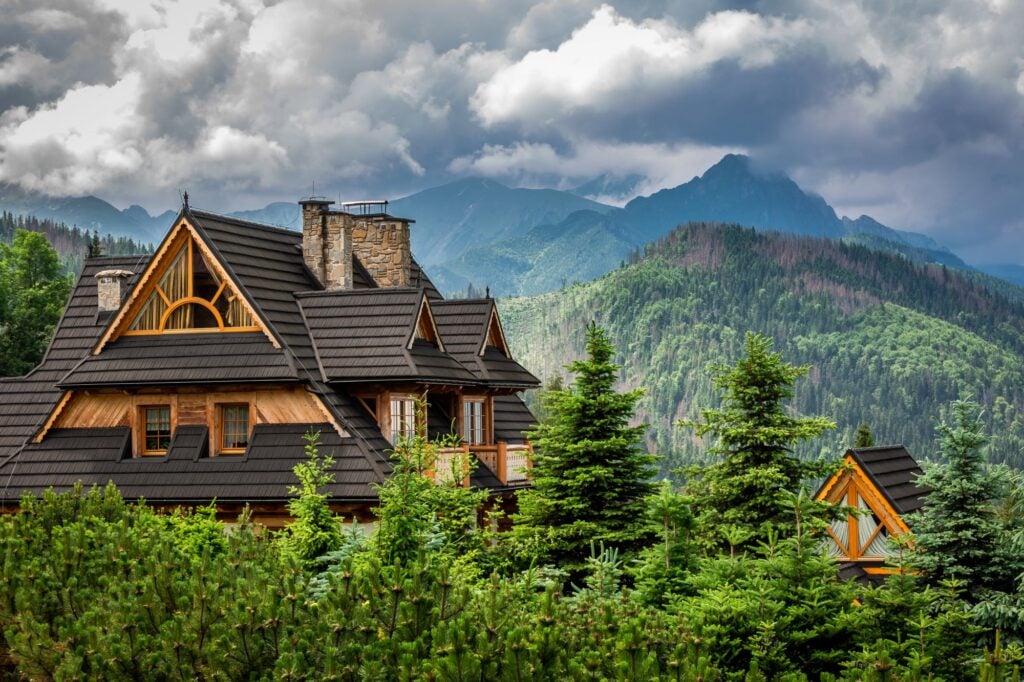
Purchase Process – Step by Step
Buying a second home in Poland, whether a ready-made property or a plot for construction, requires a well-thought-out, multi-step approach. Domestic investors increasingly treat such a purchase not only as an emotional decision but also as a serious investment undertaking. The key to success lies in properly planning each stage — from the first viewing to signing the notarial deed.
Searching for a Plot or Ready-Made Home
The process should begin with analyzing your own needs and lifestyle: will the home serve as a private retreat, a rental property, or perhaps a mix of both? For those seeking peace and nature, plots in mountain or lakeside regions are ideal, while ready-made homes in popular resorts work better as an investment base. It’s worth working with a trusted real estate agent familiar with the local market, who can offer properties not listed publicly.
Document Verification: Zoning Plan, Land and Mortgage Register, Environmental Decisions
Before making any commitments, it’s essential to thoroughly analyze the property’s legal status. The key document is the land and mortgage register (KW), which discloses the owner, potential mortgage burdens, or easements. For building plots, it’s necessary to check the local zoning plan (MPZP), which defines what and how can be built there. In protected areas, environmental decisions or conservator opinions may be needed. Skipping this analysis can lead to costly problems during the investment phase.
Hiring a Building Inspector, Architect, Lawyer
A well-organized investor knows that buying a second home is a project that requires professional support. A building inspector will help assess the technical condition of the building (or the development potential of the plot), an architect will propose adapting the home’s layout to individual needs, and a lawyer will verify the completeness of documents and safeguard the buyer’s interests during negotiations and transaction finalization. The cost of these services is incomparably lower than the risk associated with formal oversights.
Developer Agreement and Developer Bankruptcy Risk
When purchasing a home as part of a developer project (e.g., a single-family housing estate), it’s crucial to secure yourself against the risk of contractor problems. The developer agreement should be concluded as a notarial deed and registered in the land and mortgage register. The developer law imposes the obligation to maintain an escrow account, limiting the risk that the buyer’s funds will be lost if the company goes bankrupt. It’s also important to check reviews of the developer, their market history, and to carefully analyze the payment schedule and the scope of work included in the price.
Costs of Maintaining a Second Home
Owning a second home in Poland is not only a privilege and pleasure but also a concrete financial obligation that should be taken into account already at the investment planning stage. Whether it’s a lakeside home, a mountain villa, or a residence near a city, monthly maintenance costs can vary significantly depending on the standard, location, seasonal use, and applied technologies. For premium investors valuing comfort and safety, it’s worth considering the full range of potential expenses.
Below are example maintenance costs for a seasonally used second home in an attractive recreational location:
- Property tax is calculated annually but can be divided into monthly installments — its amount depends on the building’s area, plot type, and local authority decisions. For premium properties with larger building areas and additional infrastructure (e.g., garage, guest house), the rate may be slightly higher.
- Heating is one of the key seasonal costs — homes located in the mountains or by lakes, used in winter, require an efficient heating system. Heat pumps, underfloor heating, or modern gas systems can optimize costs, but without energy efficiency or thermal upgrades, expenses increase.
- Servicing and Maintenance include minor repairs, garden care, gutter cleaning, installation inspections, and securing the home during absence. For wooden homes or those located in harsher climates (moisture, snow), costs may be higher.
- Security and Monitoring are expenses that shouldn’t be overlooked — especially if the home remains unoccupied for most of the year. Working with a local security company, installing a camera system with remote access, or motion detector alarms are now standard in the premium segment.
Other potential costs include:
- Property insurance: about PLN 300–1,500 per year depending on building value and coverage,
- Gardener, cleaning staff, or property manager: if the home is rented or kept ready for visits, monthly costs range from several hundred to several thousand PLN,
- Water, electricity, internet bills: depending on use intensity — for short-term rentals, expect higher utility consumption.
How to Secure the Property Off-Season?
Owning a second home comes with not only the pleasure of relaxing in a unique location but also the need for carefully planned off-season property security. Owners of seasonal residences, which often remain without constant supervision for weeks or even months, should treat security as a strategic element of asset management. In the premium segment, effective, integrated, and discreet solutions have become the standard.
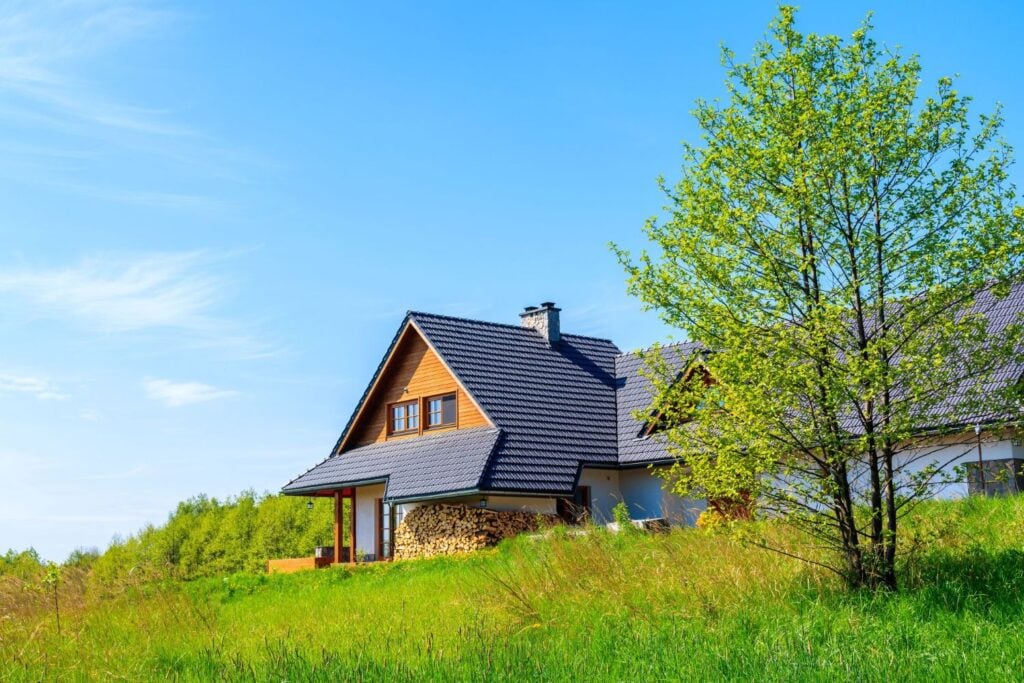
Smart Security Systems and Monitoring Solutions
Alarm systems and monitoring are the first line of defense. Modern installations combine motion detectors, door and window contact sensors, and smart HD camera systems with remote access. Systems integrated with a mobile app allow the owner to monitor the situation in real time and even control lighting or blinds to simulate presence. Cooperation with a local security company, which receives automatic event notifications, adds another layer of safety — increasingly combined with an emergency patrol service.
Comprehensive Home Insurance for Vacation Properties
Home insurance is the foundation of financial protection — its scope should cover not only the building itself but also interior furnishings, fencing, technical installations, and any guest houses or garages. For high-standard properties, it’s worth considering an all-risk policy, which also covers damages caused by vandalism, flooding, or heating system failures. The annual insurance cost, depending on the property’s value and selected extensions, can range from PLN 500 to several thousand — a cost that is definitely justified in the context of potential losses.
Maintenance Contracts for Seasonal Homes
Contracts with companies servicing seasonal homes are an increasingly popular practice among vacation homeowners. Especially those whose properties are far from their permanent residence. Such companies offer service packages that include:
- regular technical inspections,
- airing interiors,
- clearing driveways of snow,
- watering gardens,
- starting up systems at the beginning of the season,
- securing water installations for the winter.
The monthly cost of such services depends on the scope of duties and location — typically ranging from PLN 300 to 1,000.
Before You Buy — What You Should Remember
Purchasing a second home, especially as a premium investment, is a process that requires not only emotional involvement but, above all, cool calculation and a strategic approach. Regardless of whether the home is intended as a private retreat, a base for trips, or a passive income asset, every decision should be preceded by careful analysis.
Legal Due Diligence Before Buying a Vacation Property
First — check the legal status of the property. This is an absolute must. The land and mortgage register should be free of mortgage burdens, claims, or unresolved legal statuses. If you’re buying a plot, check whether it has access to a public road, utilities, and what provisions are in the local zoning plan (MPZP). It’s worth investing in a lawyer’s opinion who specializes in real estate — a cost that can save you from losing hundreds of thousands of zlotys.
Evaluating the Long-Term Potential of the Location
Second — assess the location’s long-term potential. Does the town have growth prospects? What are the municipality’s infrastructure plans? Does the region attract tourists or investors? Understanding the direction in which the area is heading allows you to invest not only for the present moment, but also for the property’s value in 10 or 15 years. A luxury home in a region developing ecologically, in terms of transportation and tourism, may appreciate far more over time than a classic property in an overcrowded resort.
Financial Planning and Legal Security for Buyers
Third — secure yourself formally and financially. It’s wise to set a budget in advance not only for the purchase itself but also for possible adaptation work, ongoing maintenance costs, taxes, and insurance. Also consider registering a business if you plan to rent the property — this will allow for legal income reporting and tax optimization. Make sure you have the necessary permits or, as a foreigner, that you meet the criteria for exemption from the requirement to obtain a permit from the Ministry of Internal Affairs.
Choosing Trusted Experts in the Premium Real Estate Market
Fourth — work only with proven specialists. Architect, notary, lawyer, real estate agent, as well as local property manager or technical company — the choice of partners often makes the difference between peace of mind and costly mistakes. In the luxury market, it’s worth choosing experts familiar with the premium segment’s specifics: they know how to work discreetly, with sensitivity, and with a focus on high standards.
Finally — consider whether this home will “work” for you or only for your personal use. Do you plan to use it only occasionally, or would you like it to generate income through short-term or seasonal rentals in the meantime? This is a key question that will help you design an appropriate usage, taxation, and management strategy. The answer will also help you choose the right location, finish standard, and rental-supporting infrastructure.
0 głosów: 0 głosów w górę, 0 głosów w dół (0 punktów)




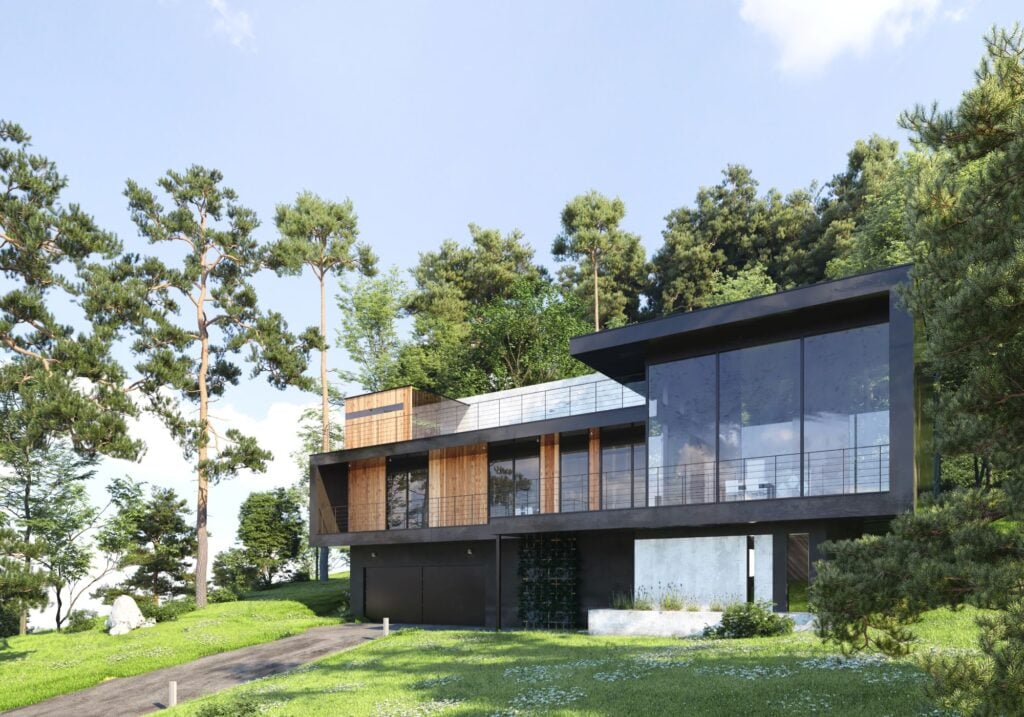
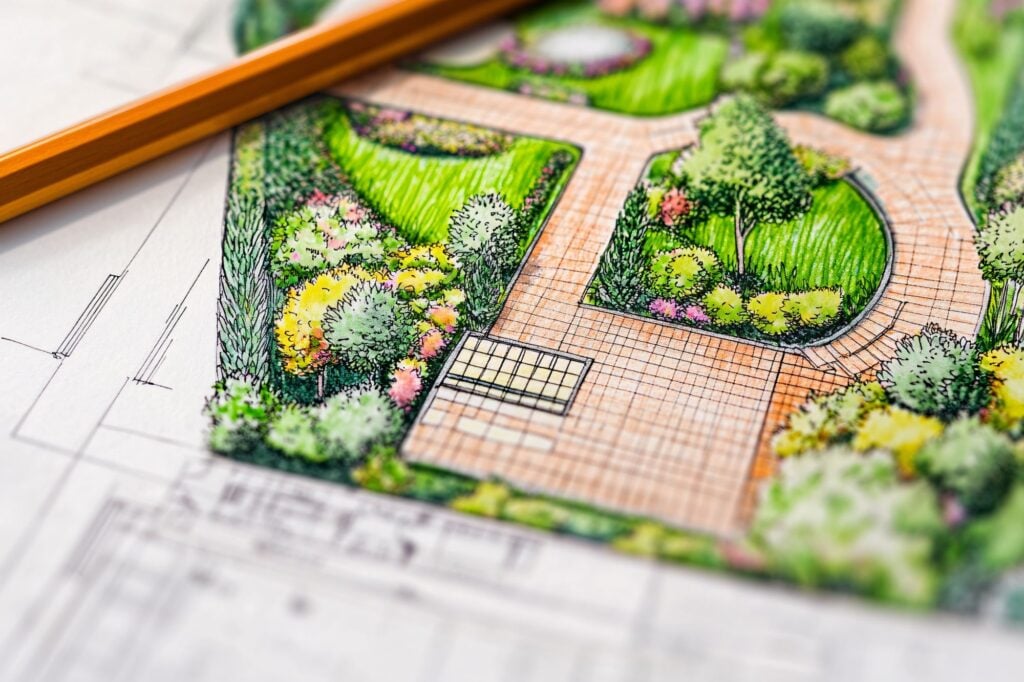
![[ENG] Life in Warsaw. 10 places you must visit in the city](https://livingredefined.pl/wp-content/uploads/2025/05/stare-miasto-warszawa-1024x630.jpg)
